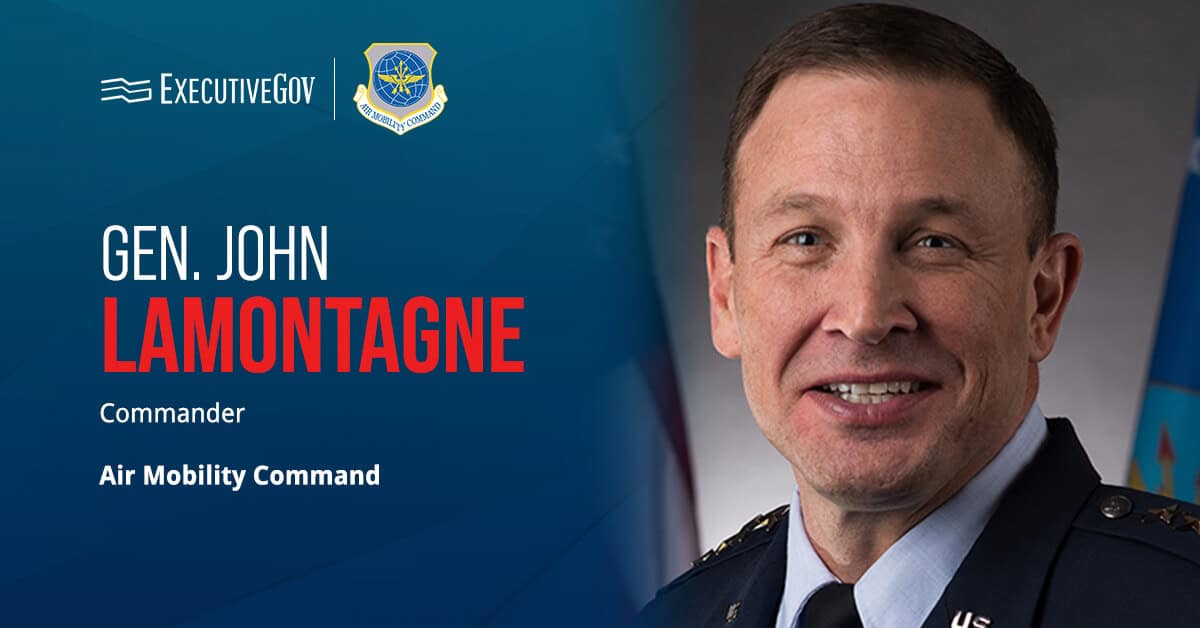
The U.S. Navy announced the initial operational capability of the Lightning II aircraft’s carrier variant, the F-35C, has met requirements including safety certification and a complete set of support tools.
The milestone follows a set of qualification tests that the Navy’s Strike Fighter Squadron 147 pursued aboard the aircraft carrier USS Carl Vinson, officials said Thursday.
F-35C fleet squadrons are stationed at Naval Air Station Lemoore where sailors and marines train at tailored facilities to pilot and maintain the aircraft. The U.S. Marine Corps intends to transfer four F-35C squadrons to carrier air wings as the Navy plans other transition efforts regarding the aircraft.
“We will continue to learn and improve ways to maintain and sustain F-35C as we prepare for first deployment,” said Capt. Max McCoy, commodore of the Navy’s Joint Strike Fighter Wing.





